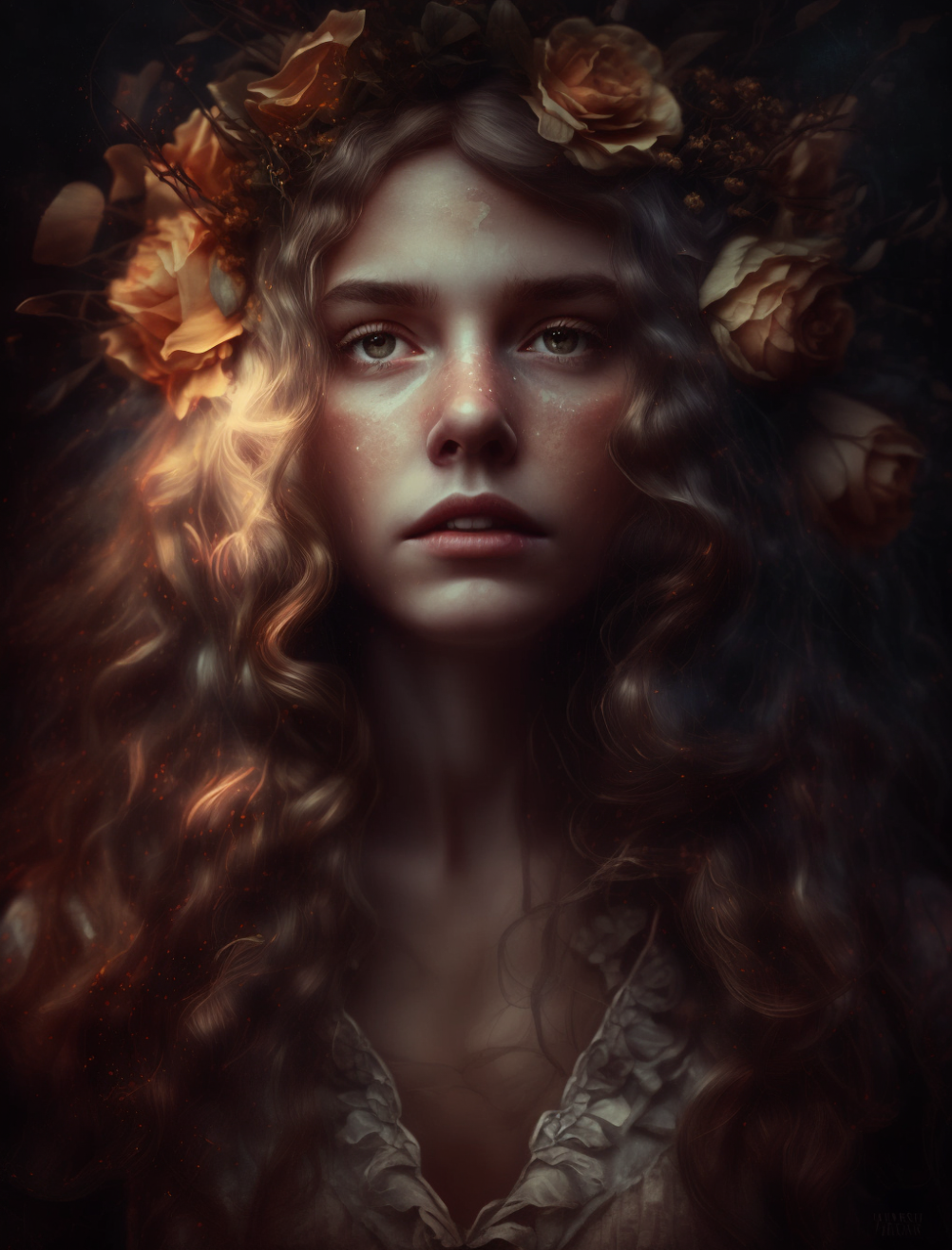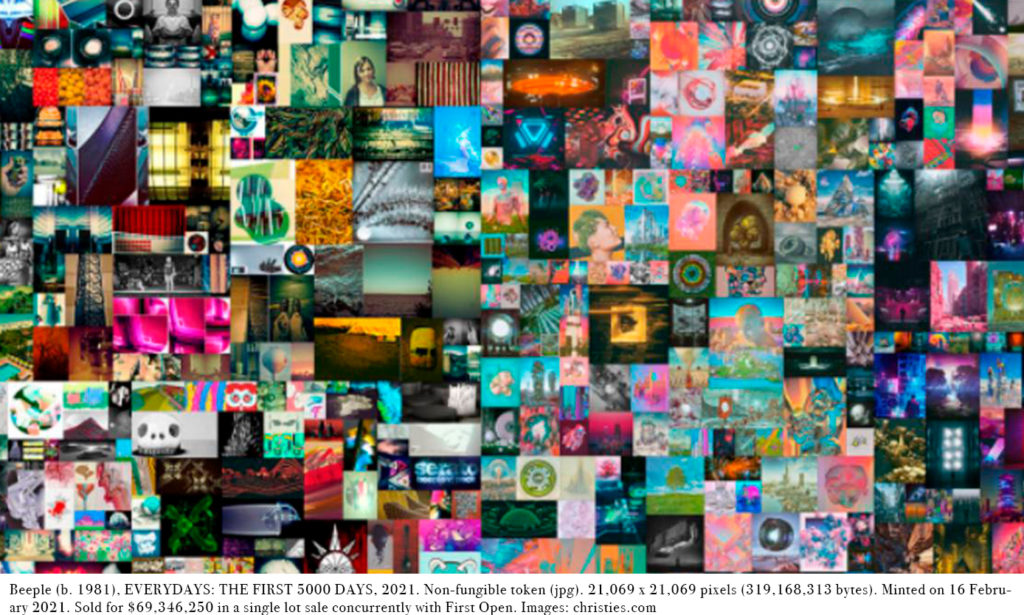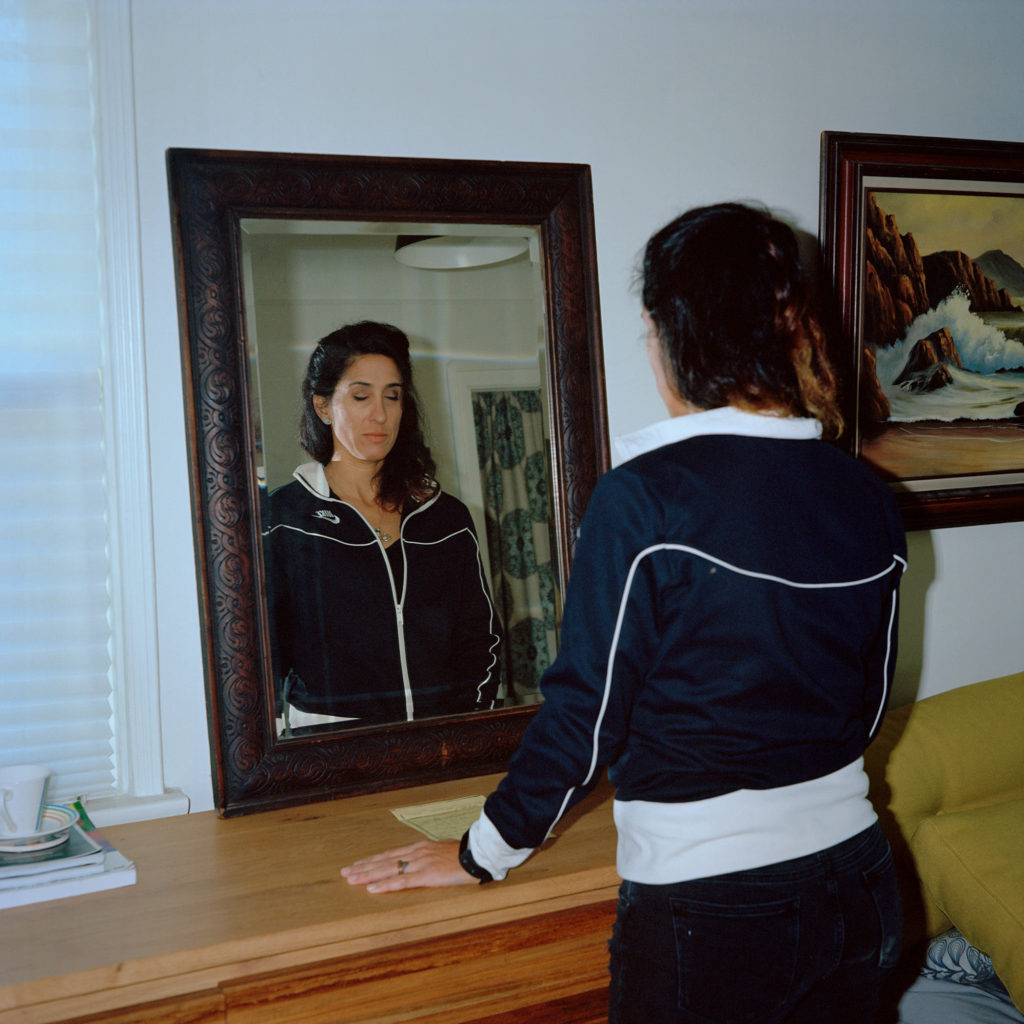Avedon at Large
“Richard Avedon: Murals” fills just one gallery of the Met, but “fills” is an understatement. These in-your-face, wall-engulfing portraits are a milestone in image-making.
Richard Avedon: Murals
He had reached the heights of the fashion industry, photographing the most beautiful models each month for Alexander Liberman’s Vogue; he was shooting Bette Davis and Barbra Streisand for mink coat advertisements, and Catherine Deneuve for the cover of Life. But it wasn’t enough anymore. Not professionally, and not personally. Not after the assassination in Memphis, not after the riots in Chicago. Richard Avedon in 1968 was going through an artistic crisis. He needed a fresh start, with a new camera; he had to get out of New York; he needed to think bigger, in the most literal sense imaginable.
“Richard Avedon: Murals” fills just one gallery of the Metropolitan Museum of Art, but fills is an understatement. For this centennial tribute to American photography’s great purifier, the Met has brought out some of the largest photographs in its collection: Avedon’s wall-engulfing group portraits, made between 1969 and 1971, reaching from floor to ceiling and covering up to 35 horizontal feet. Abbie Hoffman, Jerry Rubin and the other defendants known as the Chicago Seven stare and slouch. Paul Morrissey, Viva and the self-proclaimed Superstars of Andy Warhol’s Factory pout and preen. The generals and ambassadors leading the American war effort in Vietnam stand flinty and frigid.
Putting aside their aesthetic force, these murals were a milestone in photographic printing. They aren’t inkjet enlargements, in which a photographic positive is outputted onto a roll of paper at 300 dots per inch. These are traditional silver gelatin prints — well, traditional in all but size — exposed in a darkroom, and requiring stunning technical acuity to produce. (At this scale, even minuscule deformities in the negative can produce damaging gashes, lumps or other irregularities.)
Yet even in a very different, dematerialized moment for photography, Avedon’s silver gelatin friezes of 1969-71 still confound. Confronted with group portraits that are quite literally larger than life — indeed, black-and-white group portraits, in high contrast, against purged backgrounds — you are forced to answer a question that the infinite scroll of Instagram has almost made moot: What, besides mere size, can make a picture stand out and matter?
It is a bracing thing, seeing them again. The last time Avedon’s murals were on view in New York — or three of the four, at least; the Met doesn’t own the last one, of Allen Ginsberg and his family — was in 2012, when Gagosian presented these panoramas in an expansive showcase. There, the murals appeared in custom vitrines designed by the architect David Adjaye, and could be viewed from great distances; here at the Met, no glass separates you from the colossal prints, and the gallery’s bowling-alley proportions prevent you from stepping far back. The murals are in-your-face, and in each other’s: Warhol’s crew and the Vietnam squad face off directly, the apparatchiks staring down the nude Candy Darling with establishment indifference.
Avedon, even as he was making a name and a fortune in fashion and commercial photography, had turned his camera to American politics and society before the murals. In 1955 he made an indelible portrait of the contralto Marian Anderson, also on view here: eyes shut, lips pursed into a perfect O, her hair no longer demurely coiled like at her Lincoln Memorial concert, but streaming in the breeze. Later, in 1964, he published “Nothing Personal,” a volume of portraits from an anxious America — Adam Clayton Powell and George Wallace; Joe Louis and Marilyn Monroe — with a text by James Baldwin, a friend from their days at DeWitt Clinton High School in the Bronx. (By decade’s end Avedon would be one of the guests at Leonard Bernstein’s notorious cocktail party for the Black Panthers, skewered by Tom Wolfe in New York magazine as the height of “radical chic.”)
But these were days when photography’s status as a visual art was still in question, and Avedon, perpetually anxious about his credibility and legitimacy, felt only a new visual grammar could meet the times head-on. As Philip Gefter relates in “What Becomes a Legend Most,” his 2020 biography of Avedon, that cultural break only became possible with a technological shift. He set down his old twin-lens Rolleiflex, a lightweight and hand-held apparatus whose top-mounted viewfinder required him to look away from his models while shooting. He adopted a heavy, tripod-mounted 8×10 Deardorff camera, with a slow shutter speed and shallow depth of field, whose seeming inconveniences introduced a new rigor. (Notably, the figures in Avedon’s murals often appear with their foreheads and feet sliced off at the edges, as if on the mortuary slab.) The camera was no longer a substitute for the photographer’s own gaze, flitting this way and that. It was a stonyhearted eyewitness, with rules and limits of its own, that Avedon had to accept and build upon.
The murals were not commissions, and he imposed further constraints on himself. No props. No conspicuous lighting. No receding background, either; just a seamless white backdrop, a purged terrain, a No Man’s Land. Most importantly — especially today, when Facetune and other apps allow retouching and reframing with the flick of a finger — Avedon committed to printing his photographs with the black borders of the exposure still visible. The visible negative edges, sharp against the white background as a testament to the picture’s wholeness, would become an Avedon signature. He retained them in the multipanel murals, which were composed of three to five individual prints, with figures at the margins sliced and reduplicated where the prints overlapped.
It took a year and a half to make the Superstars group portrait, including the printing, and included seven sessions with the camera in Avedon’s studio. Warhol appears at far right, microphone nuzzled against his leather jacket; Joe Dallesandro, the most beautiful of Warhol’s film stars, stands clothed beside him, but also shows up naked in the mural’s leftmost print. Darling is nude at center, along with three cisgender male stars of Warhol films, grouped like some queer parody of Rubens’s Three Graces. And yet the clothing bunched at their feet was hardly a promise of authenticity, any more than the high contrast and blank backgrounds. “Stripping them away doesn’t necessarily get you closer to anything,” Avedon once said. Numerous outtakes on view in vitrines here, showing the Superstars in various hammier combinations, reaffirms the point: Each portrait is a joint confection of model and photographer, whose “truth” is up for constant negotiation.
Certainly that’s the case with the group portrait of military and policy leaders of the Vietnam War, for which Avedon flew to Saigon on his own dime, bringing along cases of 8×10 film plates and a large white paper backdrop. Unlike at Warhol’s Factory, here he knew he would have just a few minutes to shoot the officials, though he had to endure weeks of cancellations and long waiting games in the embassy lobby. When the day finally came, he placed at center Gen. Creighton W. Abrams, the only figure wearing military uniform; colorless ambassadors and counselors flank him, facing front in baggy suits, expressions flat. They might be confused for the C-suite of some mid-tier corporate office, though that was the point. Here was the war in all its mundane evil, the men who reduced death to a pencil-pushing exercise.
The final, 35-foot group portrait (which was first exhibited in 1975, the same year it also appeared in this newspaper) has the starkness and two-dimensionality of a police lineup. But look at the outtakes here at the Met. Looser poses. Freer body language. A little smile on General Abrams’s face as he gossips with Ambassador Ellsworth Bunker. Avedon was able to make this essential group portrait of American war precisely because he wasn’t a war hand, and could convince these men in the shadows that his imagery was no weightier than fashion. (He later said: “The fact that I might have had a political opinion didn’t cross their minds because I was a Vogue photographer.”) And yet while he was waiting in Saigon, Avedon made other and less famous Vietnamese portraits, on view here: shoeshine boys and sex workers, the mission command’s counterparts against the same white backdrop.
When Avedon died in 2004, two matters seemed settled. First: The 20th century’s bright lines between photographic genres, which made Avedon so anxious and led critics to dismiss all his imagery as one big Vogue shoot, had dissolved into the 21st century’s low-drama catholicity. Annie Leibovitz and Steven Klein could appear without incident in our museums and galleries, while fine-art photographers like Roe Ethridge and Philip-Lorca diCorcia could shoot fashion editorials without losing their art world cred. And second: With the arrival of the commercial inkjet printer (as well as cheaper large-format chromogenic printing), the medium’s 21st-century future appeared to be bigger and more painterly — one where the pictures of a Thomas Struth could have the size, as well as the importance, of oil paintings.
And what actually happened? Everything got smaller. The 8×10 Deardorff ceded its place to the 100-megapixel Samsung Galaxy; the inkjet made the photograph in the gallery indistinct from the poster in the gift shop, while the smartphone made printing itself seem almost an afterthought. If the mural-scale print could highlight Avedon’s stark portraits to best advantage, the portrait today must respond to the technical demands of the OLED touch-screen: saturated colors, high-gloss makeup, surfaces as slick as glazed doughnuts. What Avedon’s murals recall is not only the force photography once had at scale, but how we reduced our expectations of the medium as it shrank to shareable size.

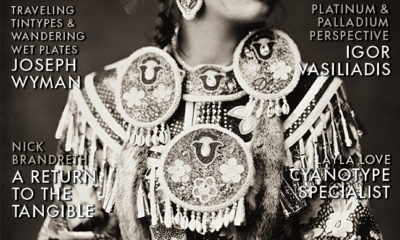
 Gallery Focus2 months ago
Gallery Focus2 months ago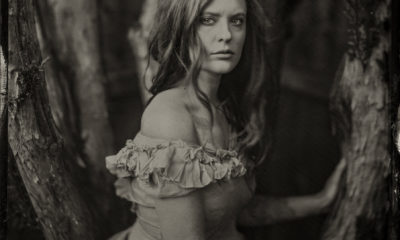
 Gallery Focus1 month ago
Gallery Focus1 month ago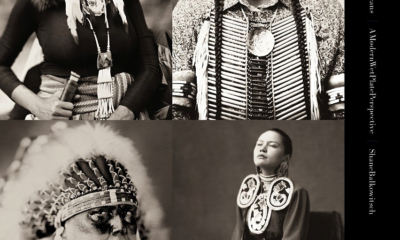
 Gallery Focus2 months ago
Gallery Focus2 months ago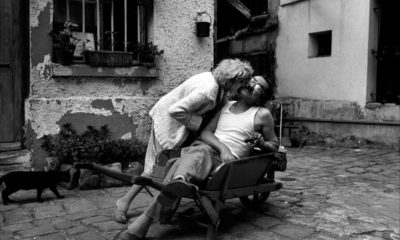
 Collector's Focus1 month ago
Collector's Focus1 month ago
 Gallery Focus1 month ago
Gallery Focus1 month ago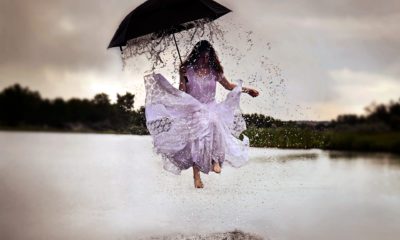
 Gallery Focus1 month ago
Gallery Focus1 month ago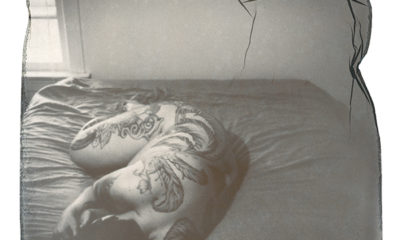
 Gallery Focus1 month ago
Gallery Focus1 month ago
 Gallery Focus1 month ago
Gallery Focus1 month ago
